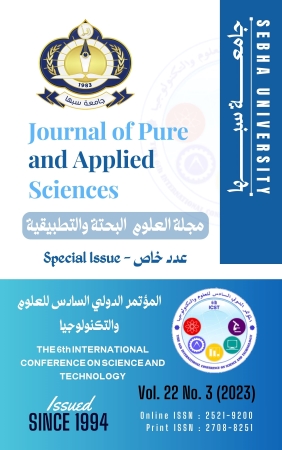Utilizing recycled rubber in concrete: a study of some properties
Abstract
This paper investigates the effects of adding recycled rubber to concrete in terms of its physical and mechanical properties. The study involved three mixes of concrete created by replacing the gravel with recycled rubber particles with varying percentages of rubber by volume, 10%, 15%, and 20%, and a control mix without rubber. A 1.5% superplasticizer (SP) was also added to other mixtures with rubber in the same proportions as before. The study was conducted on concrete cubes with dimensions of 100 mm. The physical properties of this sample were observed and compared with a control sample of regular concrete. A series of tests were carried out to measure the density, and compressive strength, of the sample. The ultrasonic pulse velocity (UPV) of the sample was also tested to evaluate its porosity. The results showed that the addition of recycled rubber to the concrete reduced the density and therefore its compressive strength by more than 26% with an increase in the rubber replacement ratio of 20%, while when using SP the resistance decreased by less than 20% for the same replacement ratio. The pulse velocity of the samples decreased with increasing rubber content.The results demonstrated that recycled rubber can be a viable additive for concrete in some applications, providing water resistance and impact load with minimal reductions in weight. This could lead to more environmentally friendly building materials with improved performance.
Full text article
Authors
Copyright (c) 2023 Journal of Pure & Applied Sciences

This work is licensed under a Creative Commons Attribution 4.0 International License.
In a brief statement, the rights relate to the publication and distribution of research published in the journal of the University of Sebha where authors who have published their articles in the journal of the university of Sebha should how they can use or distribute their articles. They reserve all their rights to the published works, such as (but not limited to) the following rights:
- Copyright and other property rights related to the article, such as patent rights.
- Research published in the journal of the University of Sebha and used in its future works, including lectures and books, the right to reproduce articles for their own purposes, and the right to self-archive their articles.
- The right to enter a separate article, or for a non-exclusive distribution of their article with an acknowledgment of its initial publication in the journal of Sebha University.
Privacy Statement The names and e-mail addresses entered on the Sabha University Journal site will be used for the aforementioned purposes only and for which they were used.





